“The art of marketing is the art of building a brand. If you are not a brand you are a commodity. Then price is everything and the low-cost manufacturer is the only winner. "
No less Philip Kotler claims it, SC Johnson's current professor of international marketing & Son at the Kellogg Graduate School of Management at Northwestern University in Chicago, one of the greatest experts ever.
For Philip Kotler, marketing means creating and developing value, in the specific case a brand.
The brand represents identity, unique and unrepeatable, of a company on the market, it summarizes the company's values: it's a "promise". A strong brand manages to add value to the company's product, to differentiate it from those of competitors. So if the firm fails to build e "to sell" a brand, it will simply sell a product. In this case the product will be chosen only on the basis of the price, as the only element that differentiates it from the others, it is not the "value" that it gives to the consumer, but the price.
So what is a brand or a brand?
A brand is the way a product is, a company or an individual is perceived by those who experience it. Much more than just a name or a logo, a brand is the recognizable feeling that these resources evoke. The ultimate goal remains to generate ROI Return On Investment: rate of return on an investment of marketing or communication; measures the return on equity.
What are the elements that make up a brand?
Have a branded Compass : as Purpose, Vision, Mission, Values
Archetype of the brand: By identifying the archetype that embodies your brand, you can tell a powerful story of the brand that will resonate with the audience thanks to concepts they are already familiar with.
Personality of the brand: The unique traits of characteristics and behaviors
Competitive advantage: Your competitive advantage is what you do better than any other competitor.
Defining a sustainable competitive advantage is critical for any company seeking to differentiate itself from the competition. Equally crucial is clearly articulating your competitive advantage for your target audience.
For most businesses, a singular value proposition such as price or delivery speed will never be sustainable as a competitive advantage.
Develop a framework that takes into account your company's unique value, the customers you serve and the competition you stand against is the best approach to defining your competitive advantage.
Brand promise.
Your brand promise is the solemn promise you make to customers. Think about the "safety" and the Volvo. For decades, Volvo has promised its customers the safest cars on the market. A promise that continues to be kept.
The brand promise comes in many forms: slogan, messages, advertising, social media and beyond. It can be stated explicitly and implicitly.
The most important part of any brand promise is that it stays true, whenever.
Visual identity
The visual identity of the brand is the integrated system of visual elements that make it recognizable and differentiated. These include your logo , color combination , typography, photography, iconography, etc.
An effective visual identity will embody all the hallmarks of your brand, including compass, the personality, the promise and archetype of your brand.
The visual identity of your brand is its brand in the world: an aesthetic system full of meaning that has the power to communicate the essence of your brand in a visual instant to all those who experience it.
Verbal identity
In contrast to its visual identity, verbal brand identity is the integrated system of words and messages that differentiate your brand and make it recognizable to the public.
Your verbal identity includes things like your name, slogan , the branded item , history of the brand , and copywriting .
A brand name and slogan are its most immediate face in the world. They should be full of meaning, either inherently or as a result of a methodical brand narrative.
His verbal identity humanizes your brand, making it identifiable to your customers. In any case where the voice of the brand is heard, both through marketing material, advertising scripts or text on the website, customers should be able to recognize it immediately, like as a relative or friend.
So what is branding?
branding is the act of shaping the way a company does, organization or individual is perceived.
Perceptions dictate behavior.
Perceptions that we are not aware of also have the ability to profoundly influence the way we act. Research in experimental social psychology has shown that while we may think we are in total control of our actions, our behavior is often influenced by stimuli that we are completely unaware of.
How an individual perceives a brand (consciously or unconsciously) it entirely determines how it will interact with that brand. The power of the brand depends on a very important truth about perceptions:
Perceptions are malleable.
The brand has the power to shape our perceptions because those perceptions are susceptible and be shaped. Whether we know it or not, we are constantly looking for meaning and order in the world around us. Without it, we are lost. We want our realities to make sense. The brand is an emotional shortcut, an immediate point of reference, we could say a heuristic, a cognitive bias.



 WhatsApp us
WhatsApp us